General description
A motorcycle headlight casts a controlled beam of light in a forward direction of the vehicle to provide optimal visibility on the road for the driver and at the same time inform other road users of the vehicle’s location in the dark. Next to your vehicle’s braking system, headlights that improve your nighttime vision are the most significant safety features. The forward lighting system emits light in a beam pattern optimum for driving conditions of the motorcycle, giving the driver a clear view of what’s ahead.
Motorcycle headlighting is generally configured to switch a low beam and a high beam. The low beam is tilted down towards the road more than the high beam to give adequate forward and lateral illumination without obstructing the view of drivers of a preceding or oncoming vehicle located ahead of the motorcycle in the driving direction. The high beam illuminates a greater distance than the low beam, which gives priority to ensuring a field of view for the driver but would expose road users on the opposite side to glare. A motorcycle may be equipped with up to three headlights which are mounted at a height of not more than 54 inched nor less than 24 inches above the road surface.
Legacy headlighting technology
Headlighting technology has been subject to considerable development and under constant evolution since the advent of incandescent lamps. Over the last few decades halogen lamps, the direct descendants of incandescent, had been the light source of choice for motorcycle headlights.
A halogen lamp is a high-pressure incandescent lamp in which a tungsten filament is sealed into a compact quartz envelope filled with an inert gas, plus a small amount of halogen such as iodine or bromine. The presence of the halogen gas in the bulb produces a chemical reaction which minimizes evaporation of the tungsten filament. This reaction, known as the halogen cycle, slows down the rate of tungsten filament thinning and bulb wall blackening, which therefore increases the lifetime of the bulb.
Operating at a high temperature to maintain the halogen cycle also increases the luminous efficacy and color temperature of the light source. Nevertheless, halogen lamps are thermal radiators which are inherently inefficient and short-lived. Then, the more efficient high-intensity discharge (HID) light source became popular.
An HID lamp generates light by passing an electric arc between two electrodes in a pressurized tube filled with xenon gas and metal halides. HID headlights are three times more efficient in lumen output than halogen lamps and produce white light in a much cooler tone. They’re also more reliable because they do not rely on heating the life-limited tungsten filament to generate light. A trade-off with this technology is the use of complex ballast electronics in order to produce the arc, resulting restrictive dimming capabilities, start-up and re-strike time delays, and susceptibility to premature aging due to constant switching.
LED technology resides at the heart of headlighting innovation
Motorcycle front lighting is now a realm of LED technology which dramatically pushed the boundary of what can be done with artificial light sources. Emitting light through radiative carrier recombination from the active layers (quantum well structures) between the p-n junction of oppositely doped semiconductor layers, LEDs have many decisive advantages over conventional light sources.
- The luminous efficacy of LEDs is a quantum leap ahead of incandescent and HID light sources. High efficiency lighting minimizes the drain on the battery.
- The reliability of solid state lighting allows to create headlights with exceptional longevity.
- Electroluminescence from a block of semiconductor rather than from a vacuum or gas tube lends LEDs excellent resistance to vibration and shock.
- LEDs provide instant light and are fully dimmable, which affords them the ability to interact with controls and sensors.
- The LED technology platform allows precise control of the spectral power distribution (SPD). The spectral effectiveness (color composition) of the delivered light can therefore be optimized for the function of the light.
- Because of their small size and optical directionality, LEDs can advantageously be used with optical systems that are more efficient and compact.
- The physical characteristics also enable unprecedented freedom in creating new lighting form factors and integrating more features and functionalities.
Technology implementation
LED motorcycle headlights either come integrated into the motorcycle design or take the classic form of round sealed beam lights. Apart from making it easier to see and be seen, motorcycle headlighting also doubles as a brand ambassador. The style and makeup of each headlight system will vary from vehicle to vehicle, manufacturer to manufacturer.
A motorcycle headlight assembly is typically composed of a combination of low beam and high beam lights, and often additionally incorporates light modules such as daytime running lights, turn signal lights, fog lights, and luminous rings (halo lights). The LED technology platform not only enables designers to fashion distinctive styles and craft multi-function systems but can also make headlighting intelligent so that it provides the most suitable lighting automatically for a variety of circumstances.
As a motorcycle leans into a corner, traditional headlights continue to illuminate straight ahead and create a dark void ahead of the rider. Adaptive LED headlights are equipped with on-board intelligence which can sense leaning and dynamically tune the high and low beams in a way that maximizes visibility in corners. Only with LED lighting can bright, punchy beams and smart light distributions be created to give bikers a safer and more confident ride.
System design and engineering
LED motorcycle headlight assemblies are typically engineered as integrated systems in order to ensure that the LEDs perform to their full capacity. An integrated LED system is a multidimensional engineering work which revolves around integrating the LED packages with the thermal, optical, electrical components to achieve the required form factor and optimum performance, efficiency, and reliability.
Prior to system integration, the LED packages should be carefully selected as they define many luminaire performance variants such as color quality, luminous efficacy, and maximum operating temperatures. The high and low beam LED modules consist of high power LEDs built on ceramic substrates or the CSP platform. Both ceramic based and CPS high power packages are designed with a high efficiency thermal path and are constructed to withstand high operating temperatures. They combine high light output, high efficacy and high reliability to enable dependable lighting in high lumen applications.
The LEDs are mounted on a metal core printed circuit board (MCPCB) which is populated with circuit traces for electrical connections and includes a dielectric, thermally conductive layer for electrical insulation with compromising thermal conduction. Each LED package or LED module is fitted with high efficiency secondary optics such as lenses and reflectors to regulate luminous flux from the light source. LEDs are current driven devices and have junction temperature dependency of the forward voltage. Each LED module is operated by a constant current LED driver that should provide accurate control of the forward current flowing through the LEDs independent of supply and LED forward voltage variation.
Thermal management
The flux density of the high power LEDs is necessarily very high, and self-heating is therefore significant if the thermal load of an LED system is not efficiently dissipated. In order to dissipate very high heat flux densities, the thermal resistance of the components along the thermal path must be kept as low as possible by using high thermal conductivity materials. Aside from that, the heat sink that is formed as one piece with the housing which must provide a surface area that is adequately large for conductive and convective thermal transfer. The heat sink is typically made from die cast aluminum and may be geometrically optimized to maximize convection surface area and increase the convection heat transfer coefficient.
Coping with environmental stresses
For vehicle lighting applications, a range of environmental factors can impact performance and longevity of the lighting system. The headlights undergo repeated vibration when traveling at a high rate of speed. The reliability of solder interconnect between the LED package and PCB could be a primary contributing factor to the final lifetime of the products. A solder joint failed under mechanical stresses can cause an open circuit failure that in turn leads to the complete failure of the LED module.
The LED modules and other internal components are protected by an impact resistant polycarbonate lens. The lens is fully sealed to the housing, which, along with gasketing at all points of entry, provides the headlight a high ingress protection (IP) rating. The sealed enclosure may be equipped with a membrane vent to equalize pressure differentials.

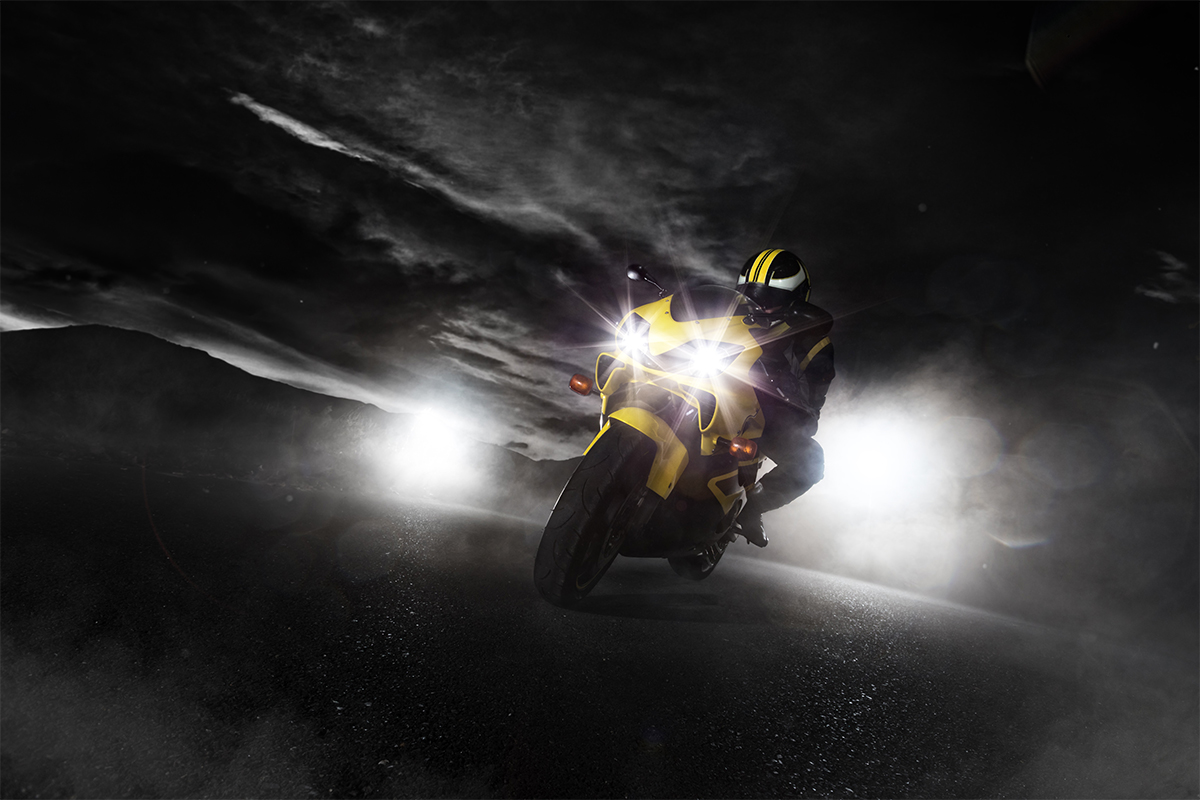
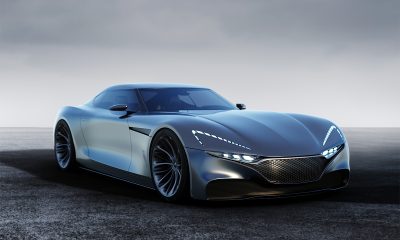
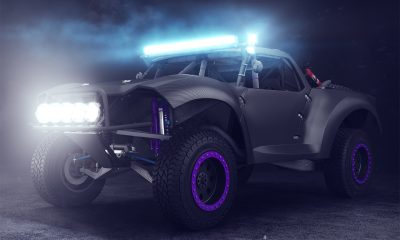
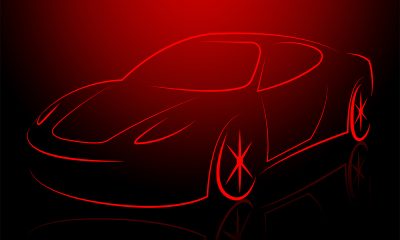
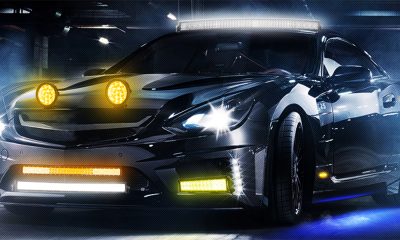

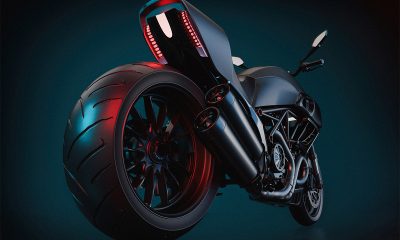

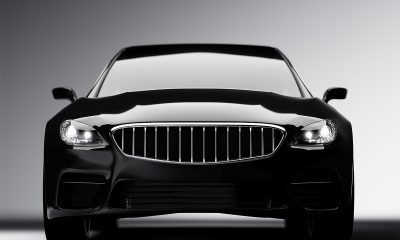

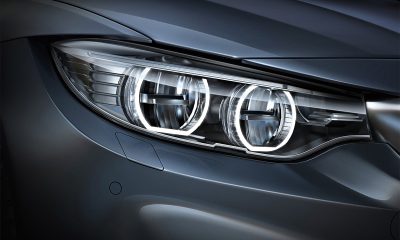
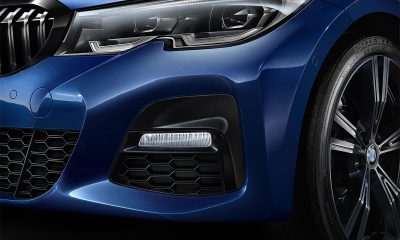






Loading...